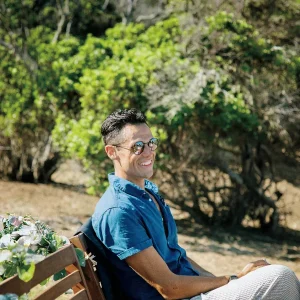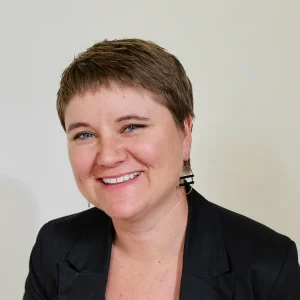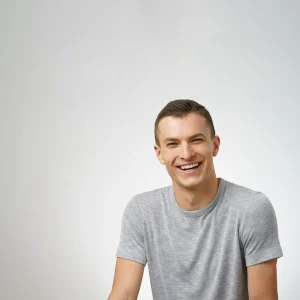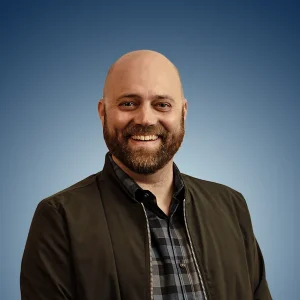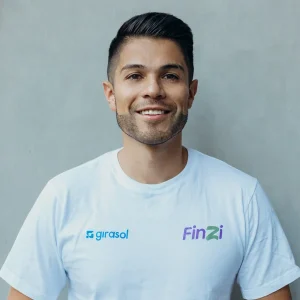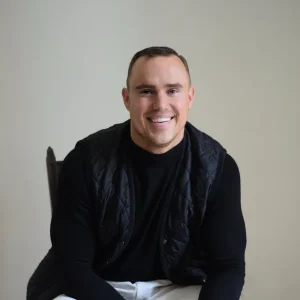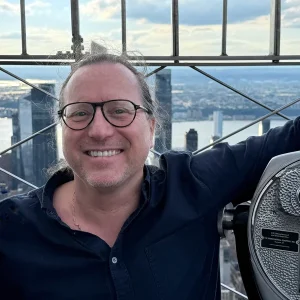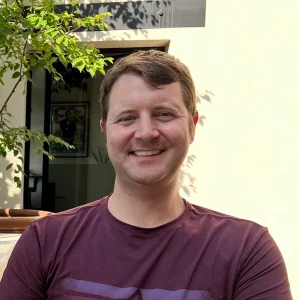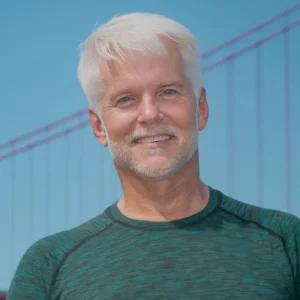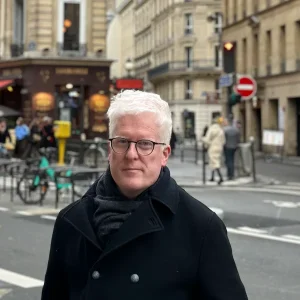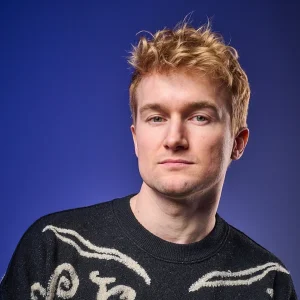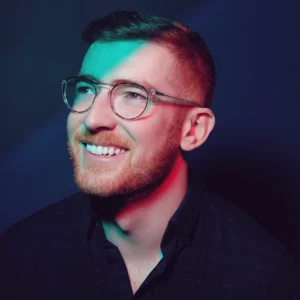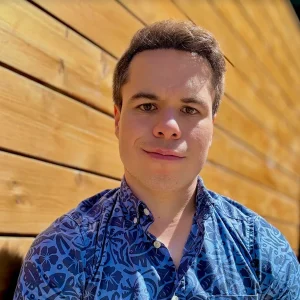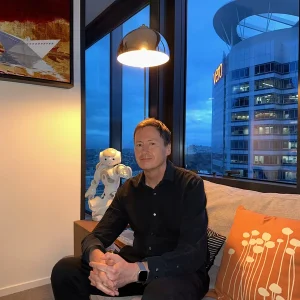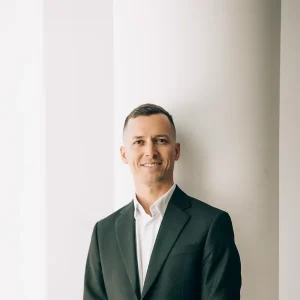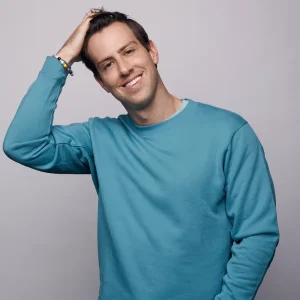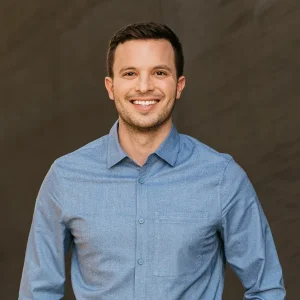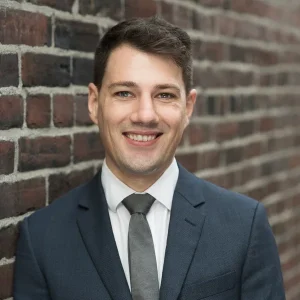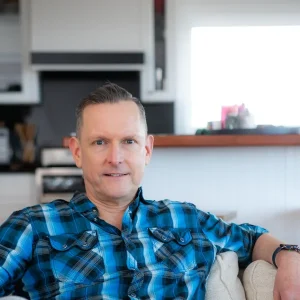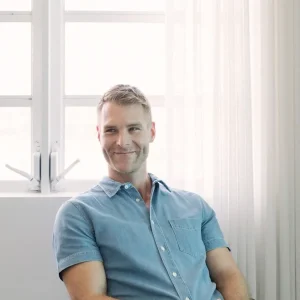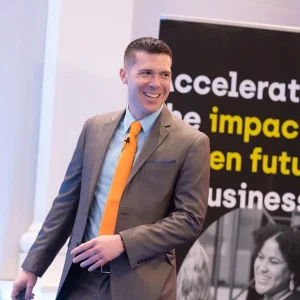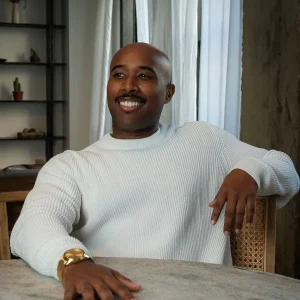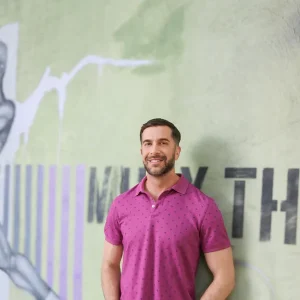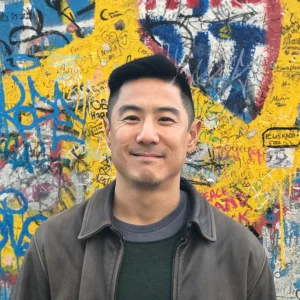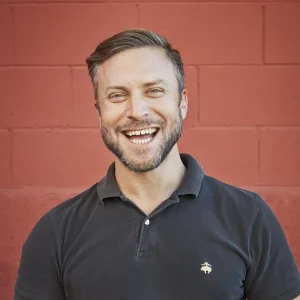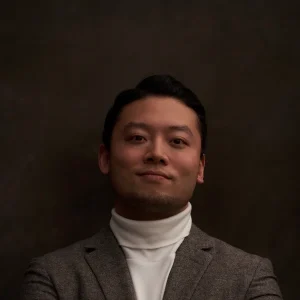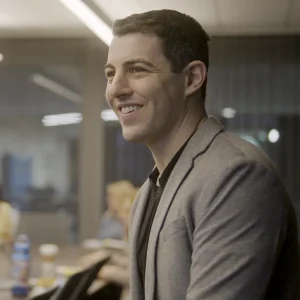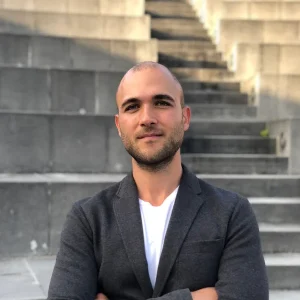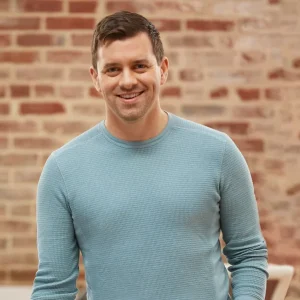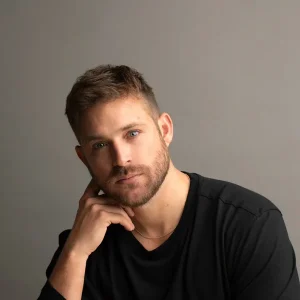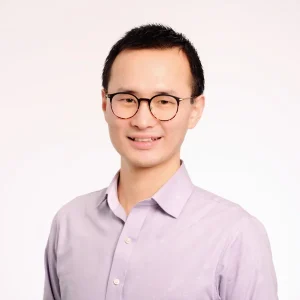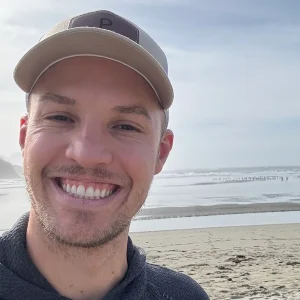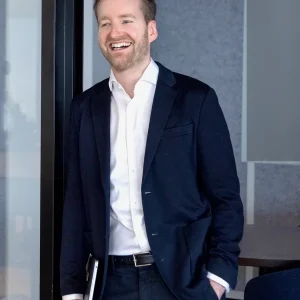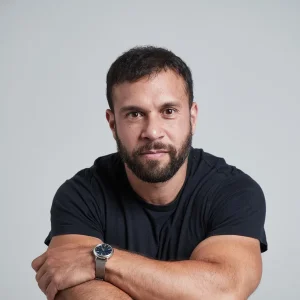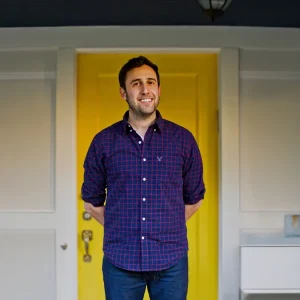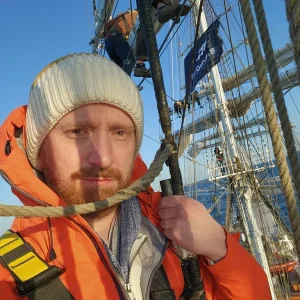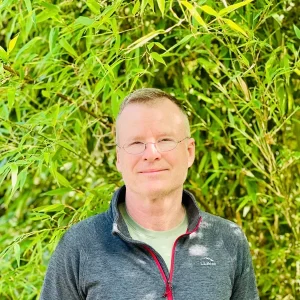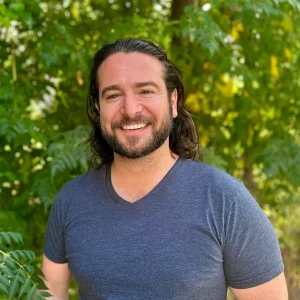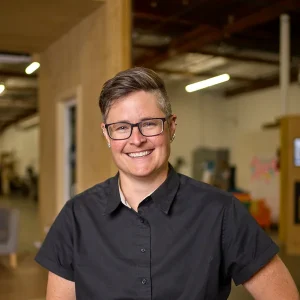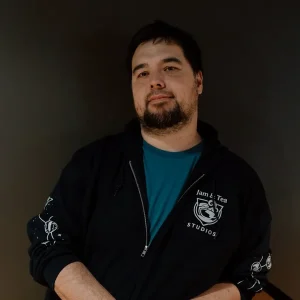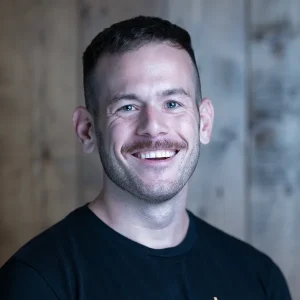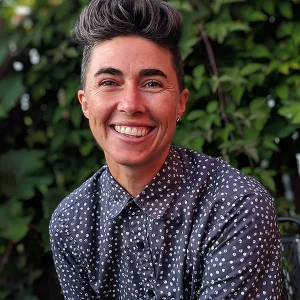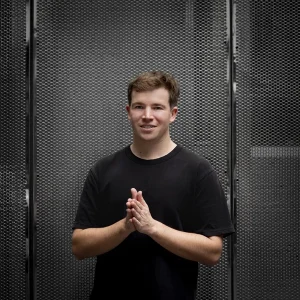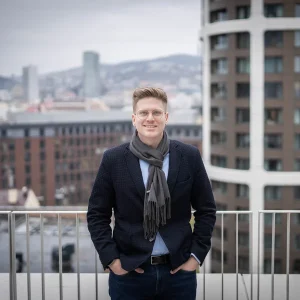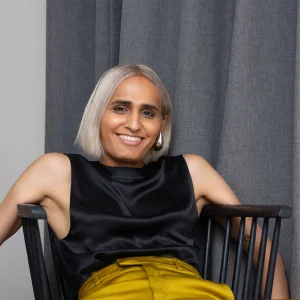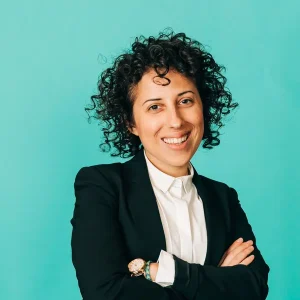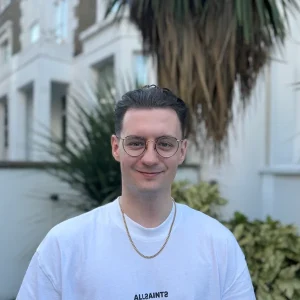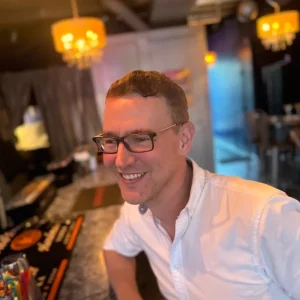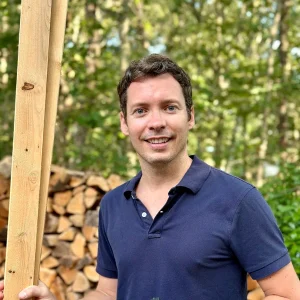“Spend a lot of time finding good people you can trust, and use the way you’ve been forced to see the world to understand others deeply.
Michael Witbrock
Bridging neuroscience & AI for a new era
FAV FOOD: New Zealand meat pies. FAV QUOTE: “The law in its majestic equality forbids rich and poor alike to steal bread, beg in the streets, and sleep under bridges” – Anatole France. FAV COUNTRIES: New Zealand, USA, Slovenia, Japan, and China. PEOPLE DON’T KNOW: I used to practice karate and Taekwondo.
PIONEERING CURIOSITY. Michael Witbrock’s path as a pioneer in artificial intelligence is rooted in a lifelong fascination with the capabilities of the human mind. His curiosity was ignited early on by a combination of personal experiences and influences, including his father’s hobby of building Hi-Fi equipment and a formative viewing of 2001: A Space Odyssey, which introduced him to the concept of artificial intelligence. “I decided I wanted to build something exactly like HAL,” Michael quips, referencing the film’s infamous AI character. This ambition set the stage for a career that would bridge the worlds of neuroscience and AI, culminating in his most recent venture, TransAxon.
Raised in Dunedin, New Zealand, Michael’s upbringing was marked by a significant shift when his religious parents moved the family from a comfortable life in Christchurch to a more austere existence in Port Chalmers. Despite the challenges, Dunedin’s status as a university town provided Michael with early exposure to academic life. It was here that he developed an interest in artificial intelligence. His academic journey took him to the University of Otago, where he pursued a degree in physiological psychology, motivated by a desire to understand how brains work—a crucial step in his quest to build AI systems.
Michael’s pursuit of knowledge led him to Carnegie Mellon University, where he completed his Ph.D. in Computer Science and Artificial Intelligence. His work during this time focused on neural networks and their applications, laying the foundation for a career that would span both academia and industry.
After completing his doctorate, Michael’s career took him through a series of impactful roles, including a 15-year stint at Cycorp, where he led research in automated reasoning and AI. His work at IBM, where he focused on neurosymbolic computing, further solidified his reputation as a leading thinker in the field of AI. However, it was a personal experience that sparked the idea for his next big venture.
While recovering from heart surgery in New York, Michael experienced a vivid, lucid hallucination that profoundly impacted his thinking. “If you want really good AR and VR, do it inside your brain,” he realized. This insight led to the founding of TransAxon, a company focused on developing brain-computer interfaces (BCIs) that leverage the brain’s natural neurogenesis processes. The goal is ambitious: to create BCIs that are safer and less invasive, offering full, reality-level sensory experiences. “We want to build a biological bridge that connects an adult brain safely to an interface outside the skull,” Michael explains.
SAVOURING MILESTONES. Since co-founding PeakMetrics, Nick has learned the importance of celebrating small wins in the journey of entrepreneurship. He reflects on PeakMetrics’s impact on understanding the online narratives around the January 6th events, where their insights were instrumental in breaking down how platforms like Parler played a role. “Those mini successes, where we see the real-world impact of our work, are some of my most exciting moments.”
Nick’s journey has been significantly influenced by his identity as a gay man, the support from his husband, and the LGBTQIA+ community at large. “My partner reminds me all the time that I code switch, which is something I think a lot of queer founders struggle with.” Despite this, Nick firmly believes that the LGBTQIA+ community’s understanding of storytelling and narrative is a valuable asset in his work. “Our community understands the importance of narrative and its role in social progress.”
STRATEGIC EXECUTION. While building TransAxon, Michael learned the importance of finding the right people to help execute such a complex vision. “Have redundant people who are super good at executing,” he advises. The departure of a key co-founder was a significant setback, underscoring the need for a strong, reliable team. Reflecting on this, Michael suggests that some of the early work might have been better suited to a research project within a university setting, where he could have honed the necessary skills and techniques before scaling up.
Michael’s identity as a member of the LGBTQIA+ community has also shaped his approach to both life and work. He acknowledges the challenges of navigating a heteronormative industry but sees his experiences as a source of strength. “It’s given me a very skeptical epistemology,” he says, pointing out that much of the world’s structure is socially constructed, often for instrumental purposes. This perspective has informed his approach to building AI systems, emphasizing the importance of having diverse voices involved in their development.
Reflecting on the challenges and successes throughout his illustrious career, Michael offers clear advice for aspiring LGBTQIA+ founders: “Spend a lot of time finding good people you can trust, and use the way you’ve been forced to see the world to understand others deeply. Use that to drive confidence.” As he continues to push the boundaries of what’s possible with AI and neuroscience, Michael remains focused on creating technology that not only advances the field but also makes a meaningful impact on the world.

